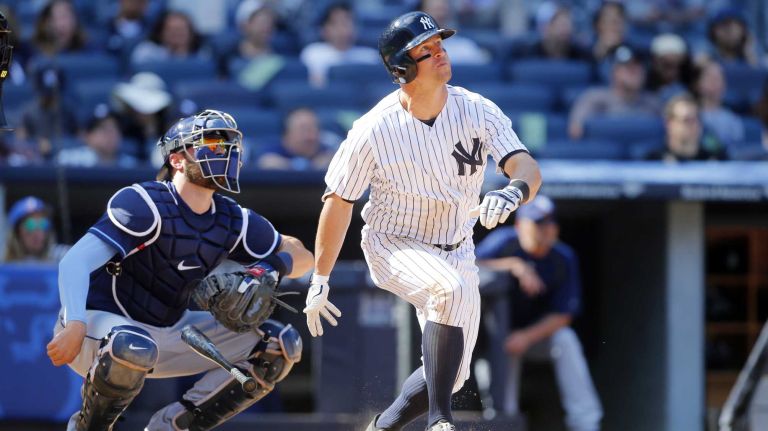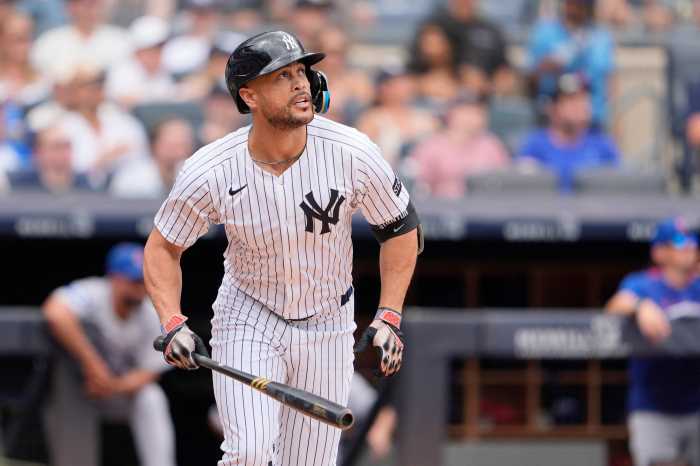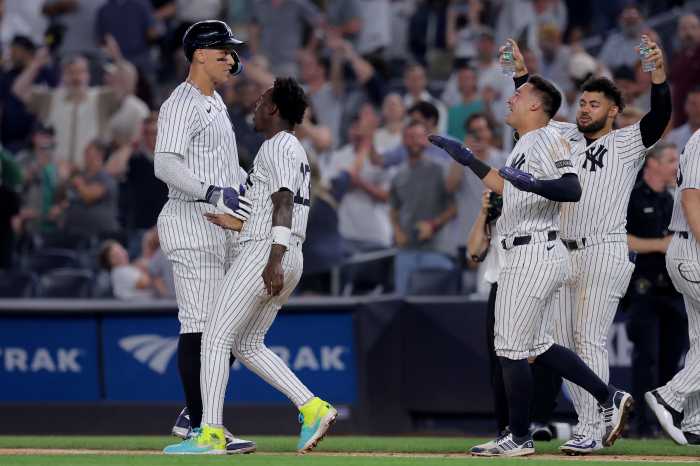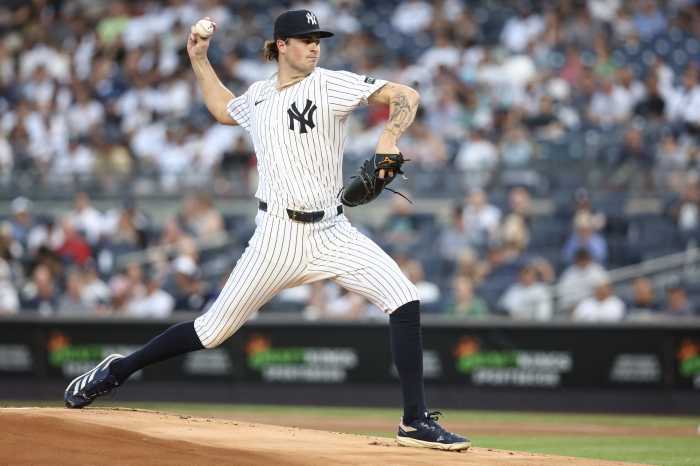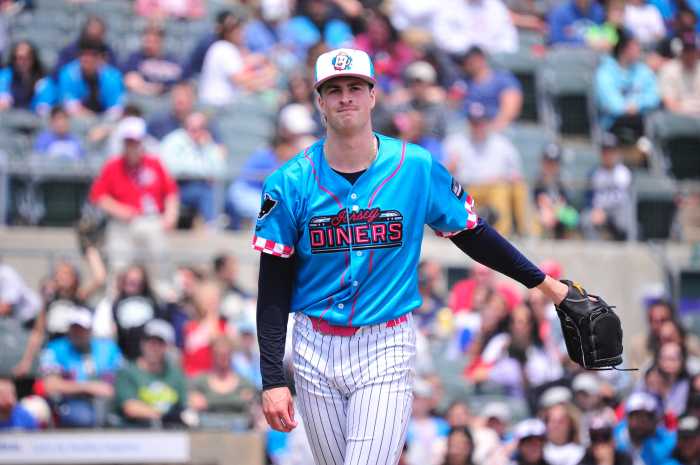The New York Yankees finally made the return of Brett Gardner official, announcing the signing of a one-year, $10 million deal with a 2021 club option on Saturday. The two sides originally agreed to terms in mid-December.
At 36 years old, Gardner is coming off a career season as the Yankees’ predominant center fielder due to Aaron Hicks’ injury-riddled 2019. He slashed .251/.325/.503 with 28 home runs and 74 RBI in 141 games.
The Yankees were forced to designate pitcher Stephen Tarpley for assignment to make room for Gardner on the roster. Tarpley went 1-0 with a 6.93 ERA and two saves in 21 appearances in 2019.
With Hicks set to miss a majority of the 2020 season as he recovers from Tommy John surgery, Gardner is expected to be the Yankees’ Opening Day centerfielder. The longest-tenured Yankees’ next appearance will be his 1,500th with the organization. Only 17 men have reached that mark of longevity with the storied franchise.
For a team that spent big bucks this offseason bringing on ace starter Gerrit Cole, Gardner’s return won’t create the largest blip on Major League Baseball’s radar. However, Gardner has been one of the more underrated talents in the league throughout his 12 seasons with the Yankees.
On paper, the veteran’s numbers aren’t going to jump off the page at you. For his career, he’s slashing .260/.342/.401 with 162-game averages of 14 home runs and 77 RBI. He hit the 20-home-run mark just once before in his career before the home-run onslaught that came in 2019.
Those that watch Gardner every day, though, will argue that he is a plus defender, a savvy baserunner, and a difficult guy to strike out at the dish.
Luckily, those on Team Gardner have stats to back up his legitimacy and further drive the point home that bringing him back was a great decision by the Yankees’ brass.
One of the most utilized new-age statistics in baseball is Wins Above Replacement (WAR).
Not sure what WAR measures? Noted analytics site Fangraphs.com helps with that:
“WAR is an attempt by the sabermetric baseball community to summarize a player’s total contributions to their team in one statistic. You should always use more than one metric at a time when evaluating players, but WAR is all-inclusive and provides a useful reference point for comparing players. WAR offers an estimate to answer the question, ‘If this player got injured and their team had to replace them with a freely available minor leaguer or a player from their bench, how much value would the team be losing?’”
Since Gardner entered the league in 2008, he has the fifth-highest WAR (41.6) amongst all full-time major-league outfielders. Only Mike Trout, Ryan Braun, Andrew McCutchen, and Mookie Betts have higher marks.
Since 2013, he has a higher WAR than Philadelphia Phillies star right fielder Bryce Harper and actually owned the best WAR of the last decade amongst all natural left fielders (38.0).
It might be an unfair expectation to pencil Gardner in for another year of 25-plus home runs and 70-plus RBI, but the Yankees bringing back a reliable outfielder to provide some much-needed stability is as good a move as they will make this winter.



